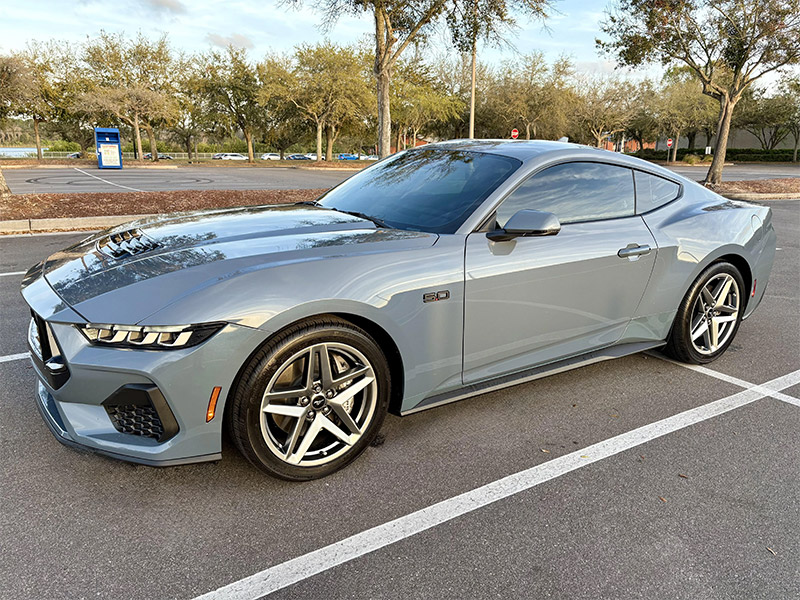
Car insurance is a necessary expense for every vehicle owner, but with various coverage options available, it can be challenging to determine which types are essential and which can be skipped. Understanding the different types of car insurance coverage will help you make informed decisions based on your needs, budget, and state requirements.
1. Liability Insurance: The Legal Requirement
Liability insurance is mandatory in most states and covers damages you cause to others in an accident. It consists of two components:
- Bodily Injury Liability: Pays for medical expenses, lost wages, and legal fees if you are at fault in an accident that injures someone else.
- Property Damage Liability: Covers repair costs for damage you cause to another person’s vehicle or property.
Do You Need It? Yes, as it is legally required in most states. The minimum coverage limits vary, but it’s wise to consider higher limits to protect yourself financially in the event of a severe accident.
2. Collision Insurance: Protecting Your Vehicle
Collision insurance pays for repairs or replacement of your vehicle if it is damaged in a collision, regardless of who is at fault. This coverage is particularly valuable for newer or more expensive vehicles.
Do You Need It? If you lease or finance your car, the lender will likely require collision coverage. If you own your car outright, consider the value of your vehicle and your ability to cover repair costs out-of-pocket.
3. Comprehensive Insurance: Beyond Collisions
Comprehensive insurance covers non-collision-related damage, such as:
- Theft
- Vandalism
- Natural disasters (e.g., floods, hurricanes)
- Falling objects
- Animal strikes
Do You Need It? Comprehensive coverage is essential for those living in areas prone to extreme weather, high crime rates, or wildlife. If your vehicle is older and its market value is low, you might opt to drop this coverage to save on premiums.
4. Uninsured/Underinsured Motorist Coverage: Added Protection
This coverage protects you if you are involved in an accident with a driver who has no insurance or insufficient coverage. It can cover medical expenses, vehicle repairs, and even lost wages.
Do You Need It? Considering that not all drivers carry adequate insurance, this coverage can provide vital protection against unforeseen expenses. In some states, it is required by law.
5. Personal Injury Protection (PIP) and Medical Payments Coverage (MedPay)
- PIP: Covers medical expenses, lost wages, and other related costs regardless of fault.
- MedPay: Covers medical expenses only and is typically a more limited form of PIP.
Do You Need It? PIP is mandatory in some states, especially those with no-fault insurance laws. If your health insurance provides comprehensive coverage, you might not need extensive PIP or MedPay.
6. Gap Insurance: Covering Loan or Lease Payoff
Gap insurance covers the difference between your car’s actual cash value and the remaining loan or lease balance if your vehicle is totaled or stolen.
Do You Need It? This is crucial for those who owe more on their car than its current market value. It prevents you from being financially liable for the “gap” in the event of a total loss.
7. Roadside Assistance: Convenience and Peace of Mind
Roadside assistance covers emergency services such as towing, flat tire changes, fuel delivery, and lockout assistance.
Do You Need It? If your vehicle warranty or auto club membership already provides these services, you may not need this coverage. Otherwise, it can be a cost-effective way to ensure you’re not stranded in case of a breakdown.
8. Rental Reimbursement: Temporary Transportation
Rental reimbursement covers the cost of a rental car while your vehicle is being repaired after a covered claim.
Do You Need It? If you rely heavily on your vehicle for work or daily activities, rental reimbursement can be a practical add-on.
Making the Right Coverage Choices
Choosing the right car insurance coverage depends on several factors:
- Your Vehicle’s Value: Expensive or financed vehicles may warrant full coverage.
- Your Budget: Consider the cost of premiums vs. potential out-of-pocket expenses.
- State Requirements: Ensure you meet the minimum coverage levels mandated in your state.
- Driving Habits: Frequent long-distance drivers or those in high-traffic areas may need more comprehensive protection.
Conclusion: A Customized Approach to Car Insurance
Car insurance is not a one-size-fits-all product. Understanding the different types of coverage and assessing your specific needs can help you create a policy that offers adequate protection without unnecessary costs. Take the time to evaluate your driving habits, financial situation, and vehicle value to determine the right mix of coverage that provides both peace of mind and financial security.

